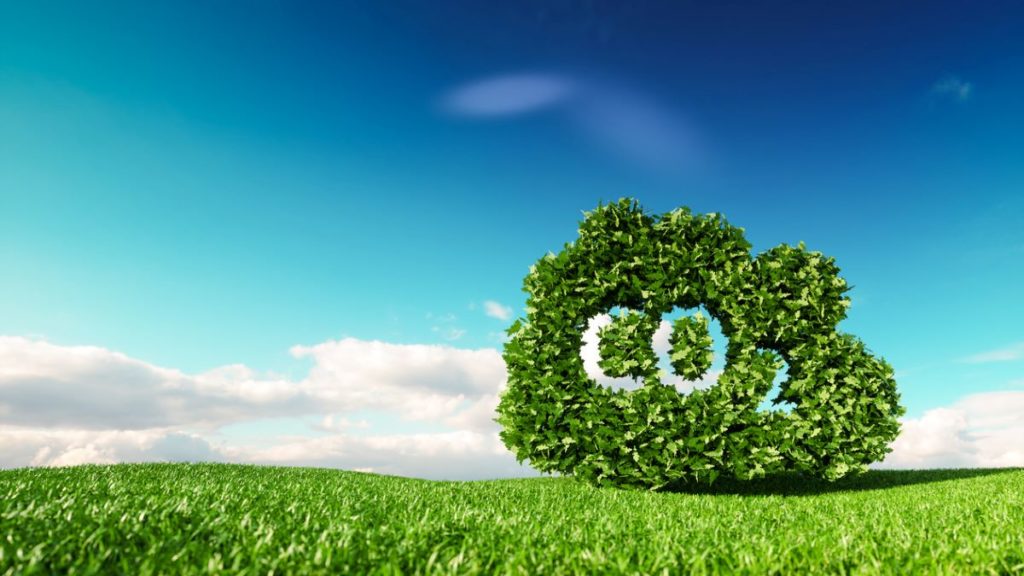In the absence of a clear policy on the carbon accounting, especially on double claiming, the private and international investment in carbon capture projects may slow down.
For the companies committing to achieve carbon neutrality, use of carbon credits will be very important to offset emissions they can’t get rid of by other means.
Private investment flows in carbon credit generation projects in Indian agriculture can not only help the country improve the local environment, but also put substantial money in the hands of Indian farmers, supporting the Prime Minister’s promise of enhancing farmers’ income.
* Open access to international voluntary carbon markets for the carbon credits generated through such private projects in order to help monetize efforts, ensure optimal price discovery and liquidity, and consequently the ability to pass on more benefits to the farmers.
Methane emissions from rice paddies, where the land remains in foothigh standing water throughout the season, are the highest from cropland and the second highest source in agriculture, surpassed only by emissions from enteric fermentation in livestock.
This also creates an additional source of income for the farmers by way of compensation for the carbon credits generated through the switch in the cultivation practice and is line with GOI’s enhancing farmer’s mission.
Boosting private investment in such projects can help the country resolve multiple problems like excess water use, electricity use, worsening soil quality along with reduction in GHG emissions and better income/ profitability for the farmers.
NDCs are documents capturing the pledges made by each country, outlining their mitigation and adaptation goals, under the agreement.
* To achieve about 40 per cent cumulative electric power installed capacity from non-fossil fuelbased energy resources by 2030 with the help of transfer of technology and low-cost international finance including from the Green Climate Fund .
However, various sectors are mentioned in the NDCs for mitigation and adaptation strategies such as energy, industry, transportation, agriculture, forestry, waste, etc.
In the context of the Paris Agreement, this can occur when a project’s host government claims the outcome towards its NDC and at the same time, another country or an entity for a specific carbon reduction project claims it.
The main safeguard established under the Paris Agreement to prevent double claiming is the ‘corresponding adjustment’, under which a country transferring a mitigation outcome must adjust its emissions balance to reflect the transfer and, in cases where the user of the outcome is another country, they must make a corresponding adjustment to their emissions balance to reflect the use.
Some carbon standards such as Gold Standard require a statement/clarification from the government proving such an adjustment.
It is proposed that the government authorises the projects in agriculture, involving private investments, for use by any international mitigation purpose, with the Corresponding Adjustment.
Converting transplanted paddy rice to Direct Seeded Rice techniques can result in the reduction of around 2 tCO2e / hectare / season, reduce water consumption by 30-40 per cent and improve farmer profitability by around Rs 8000 to 10,000 per hectare per season.
The funds to train the farmers in DSR and AWD techniques + additional cash incentives can be generated from International Voluntary Carbon Markets.
* Assures investors that the carbon credits generated from smallholder agriculture projects will not be nationalized or included in the NDC * Removes policy impediments, if any, from international transactions of the voluntary carbon credits generated from smallholder agriculture * Develops a process for registering agricultural carbon credit generation projects and authorizing / licensing them with necessary documentary approvals to trade in International markets.
